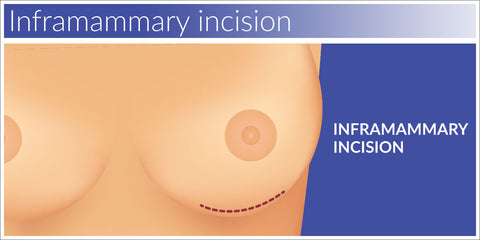
Depending on the type and severity of your spasticity, injections of toxin may be used to treat symptoms such as movement disorder, hyperhidrosis, or spasticity. The toxin's effects on muscles can last from three to five years. The duration of the effect of the toxin depends on many factors.
Spasticity treatment
There have been positive results in several studies with botulinum poison treatments for spasticity. The treatment's efficacy depends on many factors including muscle selection, age, and the accompanying therapy. In a phase-III clinical trial, letibotulinumtoxin A was better than placebo. Secondary analyses looked at the number of injections, and effectiveness was defined as a change in physician rating scale of spasticity.
Injections of botulinum toxin usually start working after about two weeks. A single injection may have an effect lasting up to six weeks, but the effects usually fade after a few more months. Multiple injections may be required to prolong the effect. Patients may also need physical therapy and occupational therapy in conjunction with botulinum toxin treatment to maximize its effects.

Hyperhidrosis Treatment
Botulinum Toxin Type A injections locally have been proven to be effective in treating primary hyperhidrosis. This can be repeated up to six more times to get the desired effect. This treatment is cost-effective and affordable. This treatment has several benefits over other options. It is safer and takes less time to recover.
For primary focal hyperhidrosis, symptoms can be difficult to treat. Botulinumtoxin A is injected beneath the skin to block release of acetylcholine. Acetylcholine is a neurotransmitter responsible for sympathetic neurotransmission in the sweat cells. Botulinum toxinA has been proven to be effective in many cases where excessive sweating has been reduced.
Treatment for movement disorder
Botulinumtoxin for movement disorders has seen positive results in patients with focal dystonia, spinal myoclonus, and other types of movement disorders. The location of the affected muscle and its method of administration are key factors in determining the effectiveness of treatment. This article will address the utility of the medication, its indications, as well the research necessary to support them.
Botulinumtoxin is used to treat various movement disorders. It can be used for cervical dystonia or generalized dystonia. Both are caused by overactive neck muscles and generalized dysfunction, which affects all muscle groups. The treatment can also be used for symptoms associated with young-onset Parkinson’s disease like motor fluctuations and dyskinesias. The treatment of tremor as well as disorders like drooling/ constipation are some other uses for the toxin.

Botulinum toxin safety
Botulinumtoxin type A (Botox), also known as Botox, is a neurotoxin. It inhibits the production of acetylcholine by inhibiting the binding of acetylcholine. This prevents acetylcholine from reaching neuromuscular junctions, where it triggers contraction of muscle fibers. This toxic effect causes a loss of muscle tone in affected areas.
Similar results were seen in the Vancouver scare scale (VMS), and visual analogues scale (VAS). The MD of scar width was -1.06 (99.5%CI: -1.10 to 0.022). In the other study, a single botulinum toxin treatment produced a 0-mm scarring, with no significant differences between treatments. The new study is promising but future research will need to consider the effects of different dosages and differences in pre- and post-surgical injections.